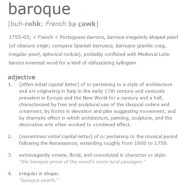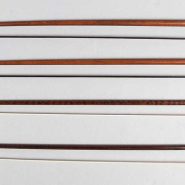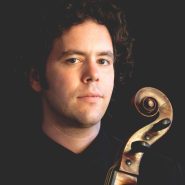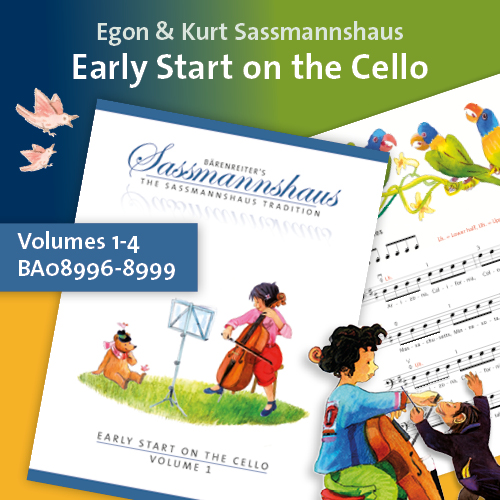Tag: Vivaldi
By Guy Fishman December 14, 2014
Subjects Baroque, Historical
By Guy Fishman October 20, 2014
By Guy Fishman October 25, 2013
Subjects Baroque, Historical
Tags academic, Anner Bylsma, Bach Suites, Baroque, Beethoven, Boccherini, Brahms, Carter Brey, cellists, cello, cellobello, critic, curiosity, David Soyer, dual careers, endpins, experiments, gut strings, historically-informed performance, interest, Jascha Heifetz, Matt Haimovitz, modern playing, New York, Pablo Casals, Paul Katz, performance, possibility, prominence, teachers, Vivaldi, Yo-Yo Ma



